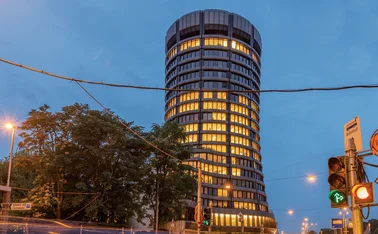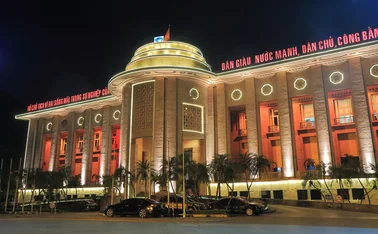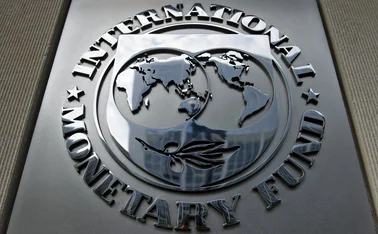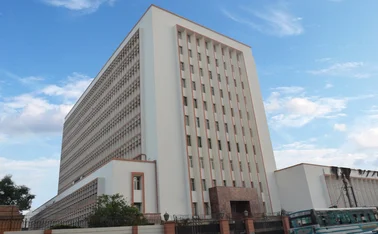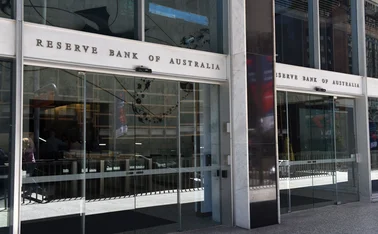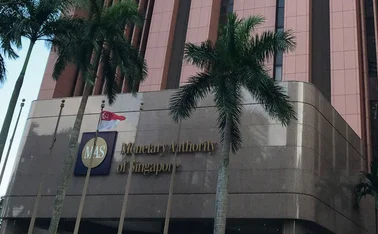
Robert Pringle’s Viewpoint: Managing without safe assets – tricky but not impossible
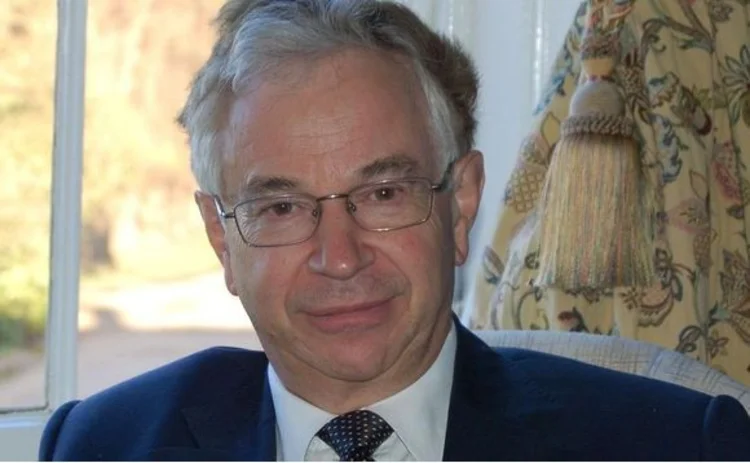
While it has already become a cliché to say there is no such thing as a risk-free asset, policy-makers and market participants are only just beginning to recognise what a major shift this new view represents in our understanding of the financial system.
If we are to get back to anything like a pre-crisis system, renewing the supply of such assets must be a priority for official policy. On the other hand, if governments leave the financial system without such assets, i.e. without an effective official backstop (and such a view is implicit in the lack of urgency they show in recovering risk-free status for their debt) then it is time to dust down all those books about how ‘free' banking systems have worked. In such a world, central banks would either be confined to an oversight role or be eliminated entirely. They would not have the credit to backstop the system.
A belief that some assets are risk-free has been the bedrock of trust in the financial system ever since the dawn of banking and central banking. To qualify, an asset should be liquid, have a negligible perceived default risk and be regarded as a reliable store of value. For centuries, monetary gold and silver played that role. With the development of banking and central banking, cash, liquid assets eligible for discount at the central bank and reserves at the central bank qualified, to be joined later by short-term government securities. Then, in the second half of the 20th century, the concept was extended to selected long-term government bonds, notably the 10-year US Treasuries; and German and UK treasury bonds were also treated as risk-free.
Trust in the value of money
Risk-free assets have played several key functions. They provided the reserves of the banking system and benchmarks for pricing other assets. The store of value aspect facilitated payments transactions – holders were happy to park their cash reserves in bank accounts confident that they will still be there, intact, when needed. All these habits of mind were inherited from the gold standard and largely taken for granted. But with the end of the gold link, the structure came to rest wholly on the credit of the state. The ability of central banks to manufacture safe assets by giving privately-created assets an official stamp of approval depended on the official backstop.
True, central banks can always guarantee the final settlement of a payment across their books, but they cannot control the value of the unit of account in which the payment is made without the support of the state (latterly provided under the paradigm of central bank independence).
Some see the financial crisis as resulting from a shortage of such assets and the (unsuccessful and risky) efforts of the private sector to produce stores of value. Others view it as having accelerated changes already taking place. Thus a new BIS publication entitled A world without risk-free assets? is well-timed. As Jaime Caruana, general manager of the Bank for International Settlements (BIS), points out in his foreword, the downgrading of most advanced-country sovereign debt has far-reaching potential implications for financial and economic stability:
"They will raise significant policy challenges, including the threat of fiscal dominance, additional obstacles for monetary policy exit strategies to overcome, diminished scope for backstopping the financial system or running countercyclical policies, and the potential for heightened and damaging feedback between sovereign and financial system risks."
Dearth of risk-free assets
Some economists believe that a shortage of risk-free assets explains the difficulty of getting out of it. Narayana Kocherlakota, president of the Minneapolis Fed, argues that since the crisis there has been a steady increase in the demand for safe assets and a reduction in supply.
"Workers and businesses want to hold more safe assets as a way to self-insure against this enhanced macroeconomic risk… At the same time, the supply of the assets perceived to be safe has shrunk over the past six years. Americans – and many others around the world – thought in 2007 that it was highly unlikely that American residential land, and assets backed by land, could ever fall in value by 30%. They no longer think that. Similarly, investors around the world viewed all forms of European sovereign debt as a safe investment. They no longer think that either.
"The increase in asset demand, combined with the fall in asset supply, implies that households and firms spend less at any level of the real interest rate – that is, the interest rate net of anticipated inflation."
Peter Fisher, senior managing director of Blackrock (and formerly of the New York Fed) points out in his contribution that "the implication of losing the status of base asset is that monetary conditions are effectively tightened as the supply contracts of what is accepted as a reserve asset and good collateral". However, he questions the assumption that central banks are offsetting a shortage of good collateral by purchasing government bonds:
"By hoarding progressively more sovereign bonds, the central banks collectively are also draining the best collateral, the base asset, out of the banking system."
Suppose, says Fisher, that we were living in a gold regime, where gold was the base asset of the banking system, and the central bank started progressively buying and hoarding gold. Would we think that the central bank was easing or tightening policy?
Quantitative easing (QE) represents an attempt to lower the real interest rate by providing, in Kocherlakota's words, "unprecedented monetary accommodation". Yet that represents a genuine easing of policy only if the assets provided – bank reserves – are superior in quality to those taken in exchange and if monetary expansion is held back by a shortage of reserves.
A new financial system?
If the political economy of fiscal policy means that states no longer have a comparative advantage in the supply of risk-free assets, then a new financial system will emerge. In that event the global financial crisis will be seen as signalling such a regime change. Then the private sector will have to develop substitutes for risk-free assets (though if they get close to achieving that the state will probably grab them back). One implication seems to be that banking and financial intermediation – for centuries in effect subsidised by the provision of safe assets and an official backstop by the state – will become much more expensive to end-users. Advocates of free banking regimes would argue, however, that the real social costs would be lower than under current state-dominated, volatile, financial systems.
The alternative is for states to give priority to re-establishing fiscal positions so they can again provide credibly risk-free assets – even if that means tightening fiscal policy when economic activity remains weak. A test case will be offered by Japan. Prime minister Shinzo Abe's government has pledged to raise VAT rates in April 2014; it has to fulfil that pledge if it is to show it is serious about curbing Japan's debt mountain, and restoring the credibility of the Japanese government bonds. Other developed-country governments must follow suit. But – surprise, surprise – they have yet to show any real understanding of the issues at stake.
Only users who have a paid subscription or are part of a corporate subscription are able to print or copy content.
To access these options, along with all other subscription benefits, please contact info@centralbanking.com or view our subscription options here: http://subscriptions.centralbanking.com/subscribe
You are currently unable to print this content. Please contact info@centralbanking.com to find out more.
You are currently unable to copy this content. Please contact info@centralbanking.com to find out more.
Copyright Infopro Digital Limited. All rights reserved.
You may share this content using our article tools. Printing this content is for the sole use of the Authorised User (named subscriber), as outlined in our terms and conditions - https://www.infopro-insight.com/terms-conditions/insight-subscriptions/
If you would like to purchase additional rights please email info@centralbanking.com
Copyright Infopro Digital Limited. All rights reserved.
You may share this content using our article tools. Copying this content is for the sole use of the Authorised User (named subscriber), as outlined in our terms and conditions - https://www.infopro-insight.com/terms-conditions/insight-subscriptions/
If you would like to purchase additional rights please email info@centralbanking.com
Most read
- Bernanke calls for total redesign of BoE forecasting
- Taking stock of Bernanke: the original sin of forecasting
- Bank of England: time for fourth-generation forecasting tools?

